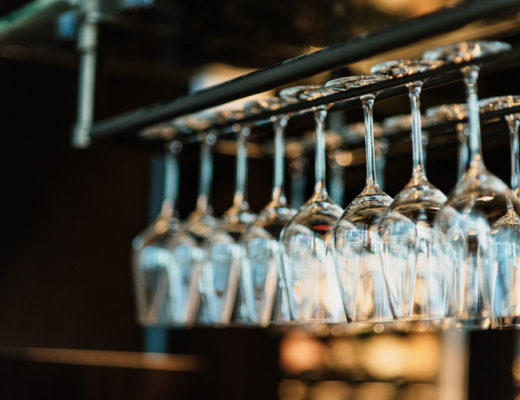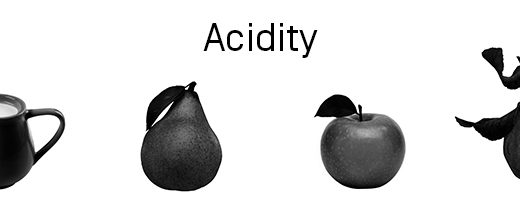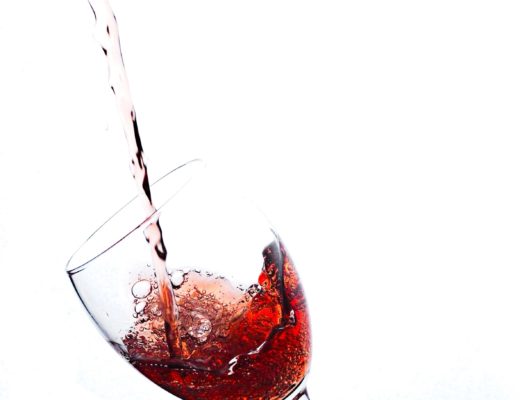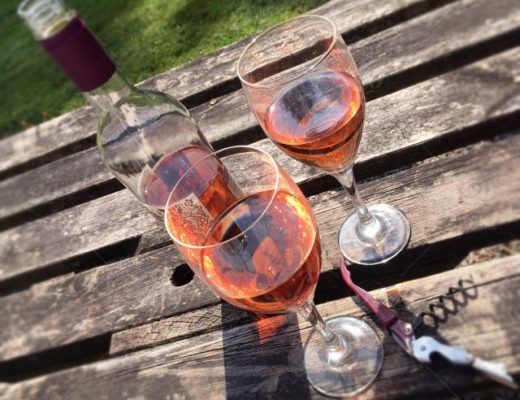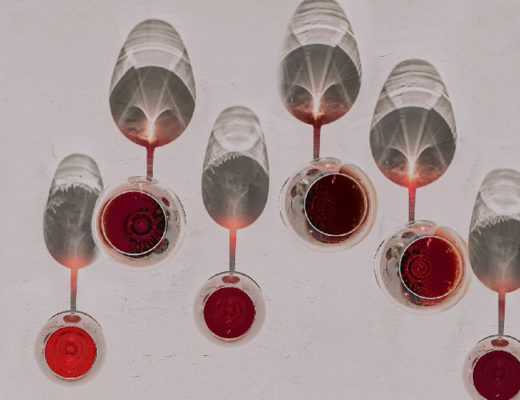Becoming a wine pro isn’t just about being able to tell your Gruner Veltliner from your Gewurztraminer, or about knowing how to successfully pair a bottle with your chicken tikka masala. It’s also about knowing all the little tricks and techniques which make your entire wine drinking and sharing experiences utterly flawless, without a misstep or the tiniest drop wasted.
With that in mind, we decided it was high time to address a real fundamental of wine drinking and enjoyment: how to pour wine without spilling any of it.
Sounds easy? Well, you’d be surprised how often wine gets spilled when pouring if you aren’t using the right technique. The shape of bottle necks might look pretty enough, but they can be tricky things to deal with you’re trying to impress your friends or a date, as they do have a nasty habit of dripping… which can wreak havoc with things like wooden surfaces and tablecloths, not to mention that nice white shirt you’ve brought out for the occasion!
Without any further ado, let’s get right in there and reveal the secrets of the perfect pour.
Step One: Be Prepared
Even the most experienced of sommeliers sometimes find their wine bottle dripping or dribbling from the neck, which makes a napkin or some sort of paper serviette essential when pouring wine professionally. What’s more, it’s considered good etiquette to pour a bottle of wine with the label facing outwards towards the drinker – it doesn’t make the slightest difference to the taste or anything like that, it’s just thought of as polite to show the drinker which wine they’ve selected.
Step Two: The Perfect Amount
Before we look into the technique for pouring without causing even the slightest of spillages, let’s take a moment to consider the ideal quantity of wine for an average wine glass. Now, we know that you’re all out there thinking that there’s no such thing as ‘too much’ wine… but we’ll stick with the standard, in order not to appear greedy.
The accepted standard for a single wine pour is 5-6 ounces. On most red wine glasses, this will take the level of the wine up to more or less the widest part of the glass, thus allowing the wine to benefit from the maximum surface area (which helps with the breathing process). You can practice this quite easily by measuring out the right quantity, then seeing how full your glasses have become when the wine is poured. Before long, you’ll be able to do it by sight without any problems at all.
Step Three: The Non-Drip Pour
As you reach the perfect amount and stop yourself from pouring, rotate the bottom end of the bottle away from you. This will make any of the final drips move back into the bottle, and not out of the neck of the wine where they risk falling somewhere they shouldn’t. Next time you’re in a good restaurant, pay close attention to how the sommelier pours your wine – the chances are, they’ll use this technique as well, which should be proof enough that it works and is worth learning yourself!
Remember, practice makes perfect – this isn’t the easiest or most natural of actions, but after a while you should be able to do it with ease. No more dripping bottles!

